Unpaid vs. paid: which leave type is right for you?
By Marco Franzoni • May 15, 2023
Key Takeaways
- Offering leave types to employees is essential for creating a healthy and productive workplace, supporting employee well-being, and complying with state and federal laws.
- Employers should take the time to understand the legal requirements for offering leave types and ensure that their policies are clear, fair, and consistent.
- Offering a comprehensive leave policy that includes paid sick leave, family and medical leave, and other types of leave can help employers attract and retain top talent, improve employee morale and productivity, and comply with state and federal laws.

Taking time off work is essential for both employees and employers. For employees, taking a break from work helps recharge their batteries, reduce stress, and improve their overall well-being. For employers, offering leave benefits is an effective way to attract and retain top talent, boost productivity, and maintain a positive workplace culture.
However, with so many types of leave available, it can be challenging for employers to decide which one to offer. Should you offer unpaid leave or paid leave? What about paid sick leave, family and medical leave, or personal leave?
In this blog post, we'll explore the different types of leave and help you determine which one is right for your business.
What are leave types and why they are important
Leave types refer to the different categories of time off that employers offer to their employees. Some of the most common leave types include paid and unpaid leave, sick leave, family and medical leave, and personal leave. Each type of paid or unpaid leave serves a specific purpose, whether it's to help employees deal with unexpected situations, care for themselves or their loved ones, or simply take a break from work.
Leave benefits are crucial for both employees and employers. For employees, taking time off work is essential to maintain a healthy work-life balance, avoid burnout, and attend to personal matters. It also helps them deal with emergencies, such as illnesses or family emergencies, without worrying about their job security. For employers, offering leave benefits is an effective way to attract and retain top talent, boost productivity, and maintain a positive workplace culture. It also demonstrates a commitment to employee well-being and helps employees feel valued and supported.
Having a clear and comprehensive leave policy that outlines the different types of leave available, how they can be used, and what the eligibility criteria are, is essential for creating a fair and transparent workplace. It helps employees understand what they're entitled to, reduces confusion and conflicts, and ensures that the company is in compliance with state and federal laws.
Overall, leave benefits are an essential part of any workplace, and it's crucial for employers to choose the right type of leave that meets their employees' needs while also supporting their business goals. In the following sections, we'll explore the different types of leave available and help you determine which one is right for your business.
Unpaid Leave vs. Paid Leave
When it comes to leave benefits, one of the most critical decisions that employers need to make is whether to offer unpaid leave or paid leave. Each type of leave has its advantages and disadvantages, and choosing the right one depends on various factors, such as the company's budget, employee needs, and legal requirements. In this section, we'll explore the differences between unpaid leave and paid leave and help you decide which one is the best fit for your business.
Definition and differences between unpaid and paid leave
Unpaid leave is time off from work that an employee takes without receiving pay. It's often used for situations such as personal emergencies, medical conditions that exceed sick leave, or extended vacations. Paid leave, on the other hand, is paid time off from work that an employee takes while still receiving their regular pay. Paid leave can include vacation time, sick leave, and other types of leave that the employer may offer.
Pros and cons of each type of leave for employees and employers
Unpaid leave can be beneficial for employees who need time off but can't afford to lose their job. It allows them to take care of personal or family matters without the added stress of worrying about losing their income. It can also be a more flexible option for employers since they don't have to worry about paying the employee's salary.
However, there are some downsides to unpaid leave. Employees may be hesitant to take unpaid leave since they won't receive pay during that time. It can also create financial difficulties for employees who rely on their salary to cover their expenses during unpaid time.
Paid leave, on the other hand, is a popular option for employees since they still receive their regular pay while taking time off. It can also boost employee morale and productivity, as it shows that the company values its employees' well-being. Offering paid leave can also attract top talent and help retain existing employees.
However, offering paid leave can be costly for employers, especially if the leave policy is too generous or abused by employees. It can also create administrative burdens for employers, as they need to keep track of employee leave balances and ensure compliance with state and federal laws.
When to consider each type of leave
Deciding whether to offer unpaid or paid leave depends on various factors, such as the company's financial resources, employee needs, and legal requirements. Offering unpaid leave may be more suitable for smaller businesses or those with limited financial resources. Paid leave may be a better option for larger businesses or those with a strong commitment to employee well-being.
Paid Sick Leave

Definition and benefits of paid sick leave
Paid sick leave is time off from work that an employee takes to care for their own or a family member's illness or injury. Paid sick leave policies vary depending on the employer, but they typically provide a certain number of days or hours of leave that employees can use each year.
Offering paid sick leave has numerous benefits for both employees and employers. For employees, it allows them to take care of their health and well-being without worrying about losing income. It can also prevent the spread of illnesses in the workplace and reduce the risk of employees coming to work sick. For employers, offering paid sick leave can improve employee morale, reduce absenteeism, and increase productivity. It can also help employers attract and retain top talent, as employees value this type of benefit.
Legal requirements for offering paid sick leave
Several states and cities in the United States have passed laws mandating employers to offer paid sick leave to their employees. The legal requirements for paid sick leave vary depending on the jurisdiction, but they typically require employers to provide a certain number of days or hours of paid parental leave for each year, accrue sick leave over time, and allow employees to carry over unused sick leave to the next year.
It's important for employers to understand the legal requirements for offering paid sick leave in their jurisdiction and ensure compliance with state and federal laws.
How paid sick leave can improve employee morale and productivity
Offering paid sick leave can have a positive impact on employee morale and productivity. When employees feel that their employer values their health and well-being, they are more likely to be satisfied with their job and work harder. Paid sick leave can also prevent burnout and reduce absenteeism, as employees can take time off to rest and recover when they are sick.
Moreover, offering paid sick leave can help create a positive workplace culture where employees feel valued and supported. This, in turn, can lead to increased employee loyalty and retention, as employees are more likely to stay with an employer that offers benefits that meet their needs.
Family and Medical Leave
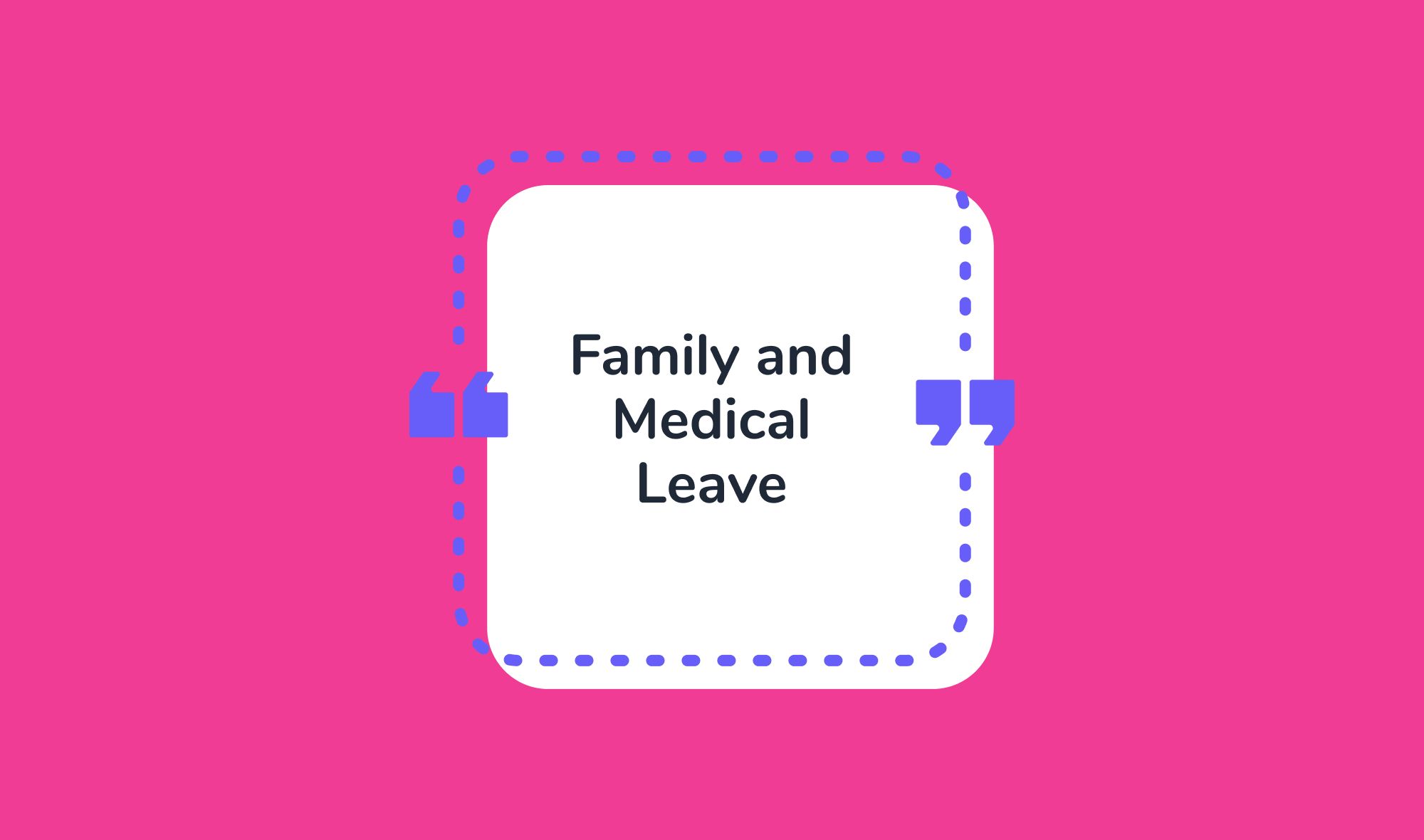
Definition and benefits of family and medical leave
Family and medical leave is time off from work that employees can take to care for themselves or a family member's serious health condition, bond with a new child, or specific military family needs. The Family and Medical Leave Act (FMLA) is a federal law that requires eligible employees to provide up to 12 weeks of job-protected leave and continuation of health benefits during their absence.
Offering family and medical leave has numerous benefits for both employees and employers. For employees, it allows them to take care of their own or a family member's health and well-being without worrying about losing their job or health benefits. It can also prevent burnout and reduce stress, as employees can take time off to attend to personal matters. For employers, offering family and medical leave can improve employee morale, reduce absenteeism, and increase productivity. It can also help employers comply with state and federal laws and avoid legal issues.
Legal requirements for offering family and medical leave
The FMLA is a federal law that requires covered employers to provide eligible employees with up to 12 weeks of job-protected leave and continuation of health benefits during their absence. To be eligible for FMLA leave, employees must have worked for their employer for at least 12 months, have worked at least 1,250 hours during the previous 12 months, and work at a location with at least 50 employees within a 75-mile radius.
In addition to the FMLA, several states and cities have passed laws mandating employers to provide additional family and medical leave benefits to their employees. It's important for employers to understand the legal requirements for offering family and medical leave in their jurisdiction and ensure compliance with state and federal laws.
Examples of situations where family and medical leave can be used
Family and medical leave can be used for various reasons in many countries, including:
- To care for a newborn or newly adopted child
- To care for a family member with a serious health condition
- To recover from a serious health condition
- To address qualifying exigencies related to military service
- To care for a family member who is a covered service member with a serious injury or illness
Having a clear policy that outlines the eligibility criteria and the procedure for requesting family and medical leave can help employees understand their rights and reduce confusion and conflicts.
Sick Leave Policy

Importance of having a sick leave policy
Having a sick leave policy is essential for creating a healthy and productive workplace. It provides employees with the necessary time off to recover from their illness or injury, prevents the spread of illness in the workplace, and reduces the risk of absenteeism and presenteeism. A good sick leave policy also demonstrates the company's commitment to employee well-being and helps employees feel valued and supported.
A sick leave policy also helps employers manage their workforce effectively. It provides clear guidelines on how to handle employee absences due to illness, reduces confusion and conflicts, and ensures compliance with state and federal laws.
Components of a good sick leave policy
A good sick leave policy should include the following components:
- Eligibility criteria: This outlines who is eligible for sick leave and how eligibility is determined, such as the length of employment, type of employment, or hours worked.
- Accrual and usage: This outlines how sick leave is accrued and used, such as the number of days or hours of leave employees are entitled to, how leave is accrued, and how employees can request and use sick leave.
- Documentation: This outlines the documentation required to support an employee's sick leave request, such as a doctor's note, and how the documentation should be submitted and verified.
- Pay and benefits: This outlines how sick leave is compensated, such as whether it's paid or unpaid, how pay is calculated, and whether employees continue to receive benefits during their absence.
- Procedures for reporting and approving sick leave: This outlines the procedures for reporting and approving sick leave, such as who employees should notify, how far in advance they need to notify, and who approves sick leave requests.
- Consequences of noncompliance: This outlines the consequences of noncompliance with the sick leave policy, such as disciplinary action or termination.
How to communicate the policy to employees
It's crucial to communicate the sick leave policy clearly and effectively to employees to ensure they understand their rights and responsibilities. Employers should include the sick leave policy in the employee handbook, provide training to managers and supervisors on how to implement and enforce the policy, and ensure that employees have access to the policy through the company's intranet or other communication channels.
Types of Leaves of Absence
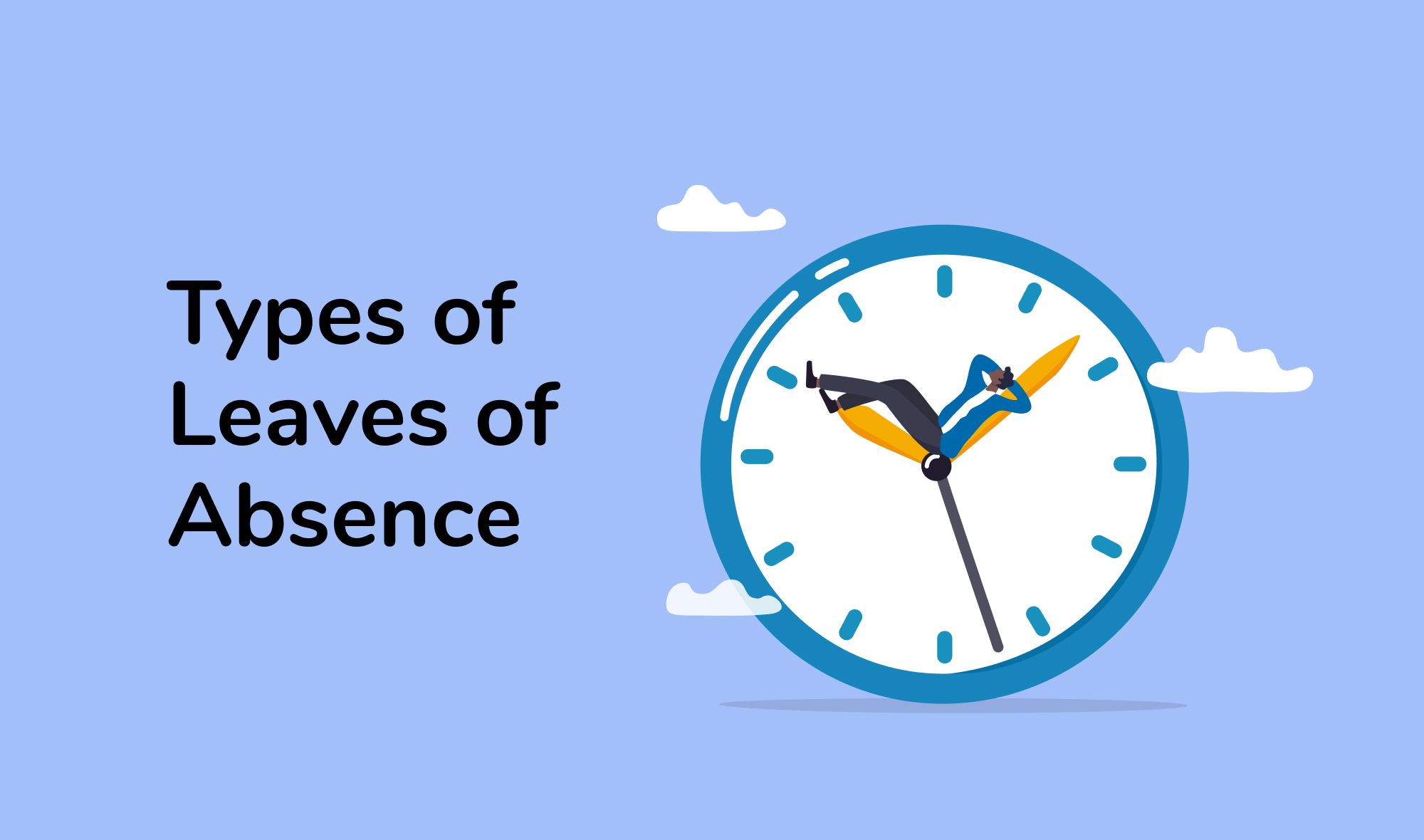
There are several types of leaves of absence that employers can offer to their employees. These leaves provide employees with time off work to attend to personal or family matters, recover from an illness, or bond with a new child. In this section, we'll explore some of the most common types of leaves of absence, including annual leave, sick leave, family leave, paid maternity leave and paternity leave, bereavement leave, personal leave, and other types of leave.
Annual Leave
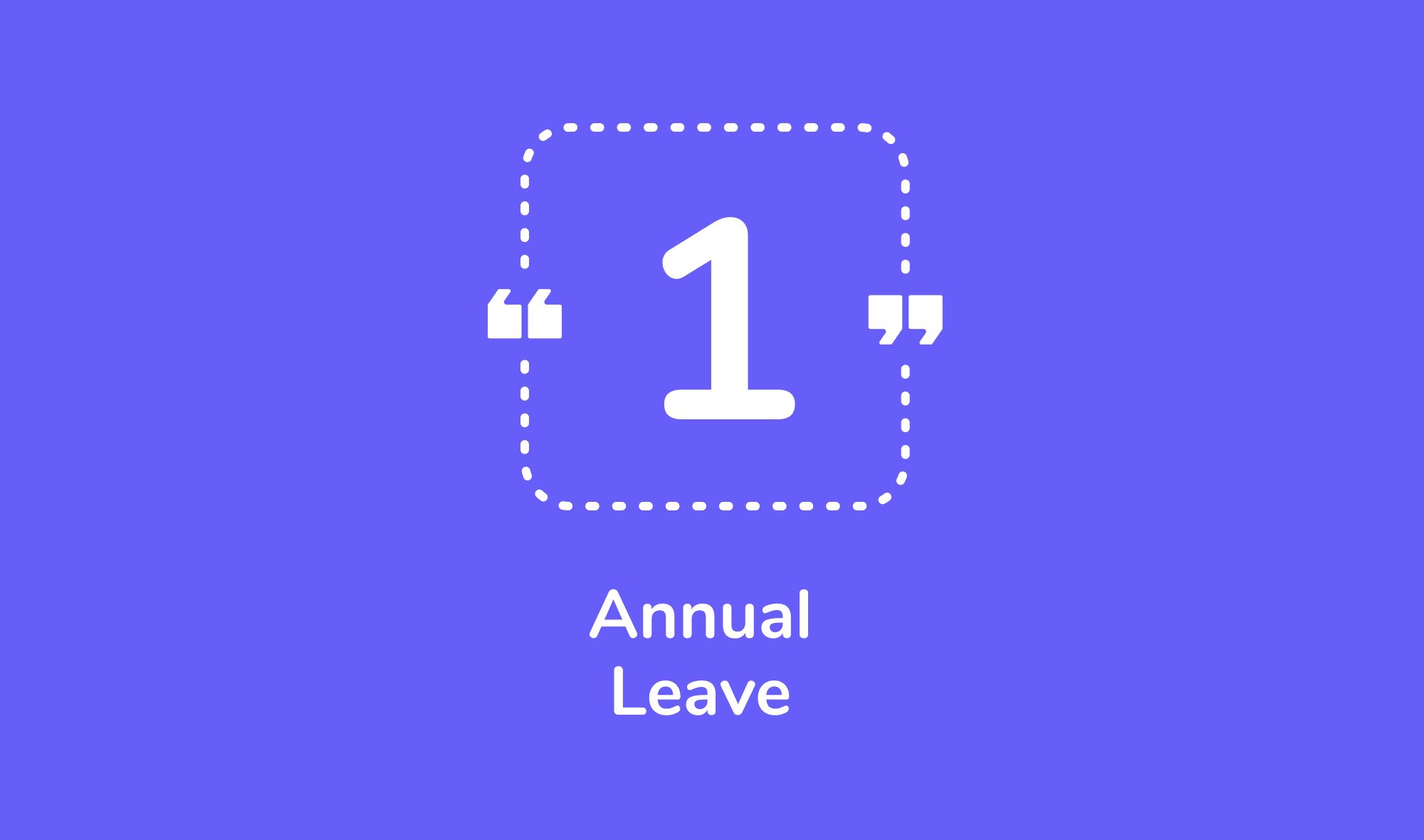
Annual leave, also known as vacation leave, is time off work that employees of private companies can use to take a break from work, relax, and recharge. The amount of annual leave that employees are entitled to varies depending on the employer's policy, but it's typically calculated based on the length of service or the number of hours worked.
Annual leave is an essential component of a good leave policy, as it allows employees to maintain a healthy work-life balance, reduce burnout, and increase productivity. It's important for employers to encourage their employees to take their annual leave and ensure that there is adequate coverage in the workplace during their leave of absence.
Sick Leave
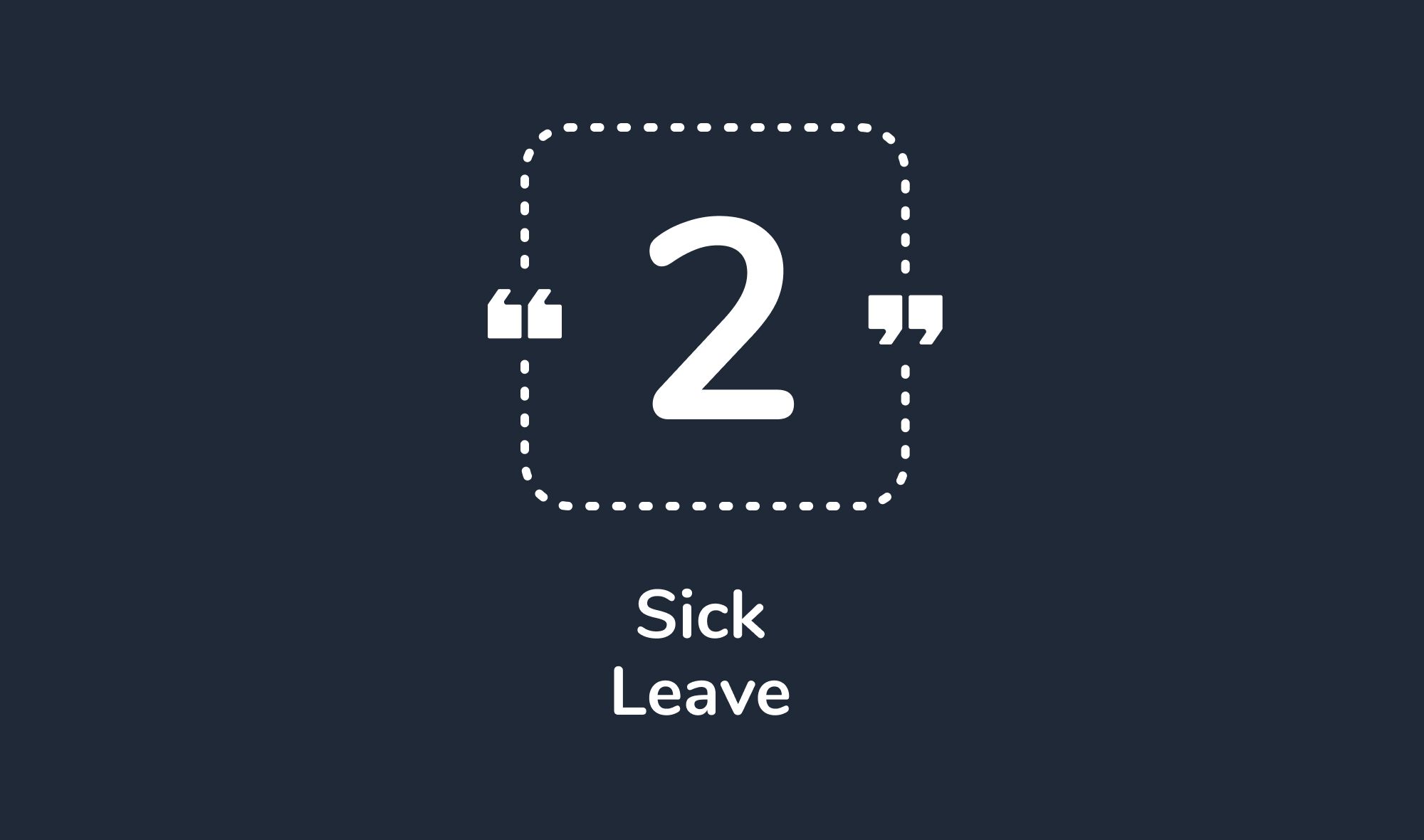
Sick leave is time off work that employees can take to recover from an illness or injury. The amount of sick leave that employees are entitled to varies depending on the employer's policy, but it's typically calculated based on the length of service or the number of hours worked.
Offering sick leave is essential for creating a healthy and productive workplace. It provides employees with the necessary time off to recover from their illness or injury, prevents the spread of illness in the workplace, and reduces the risk of absenteeism and presenteeism.
Family Leave
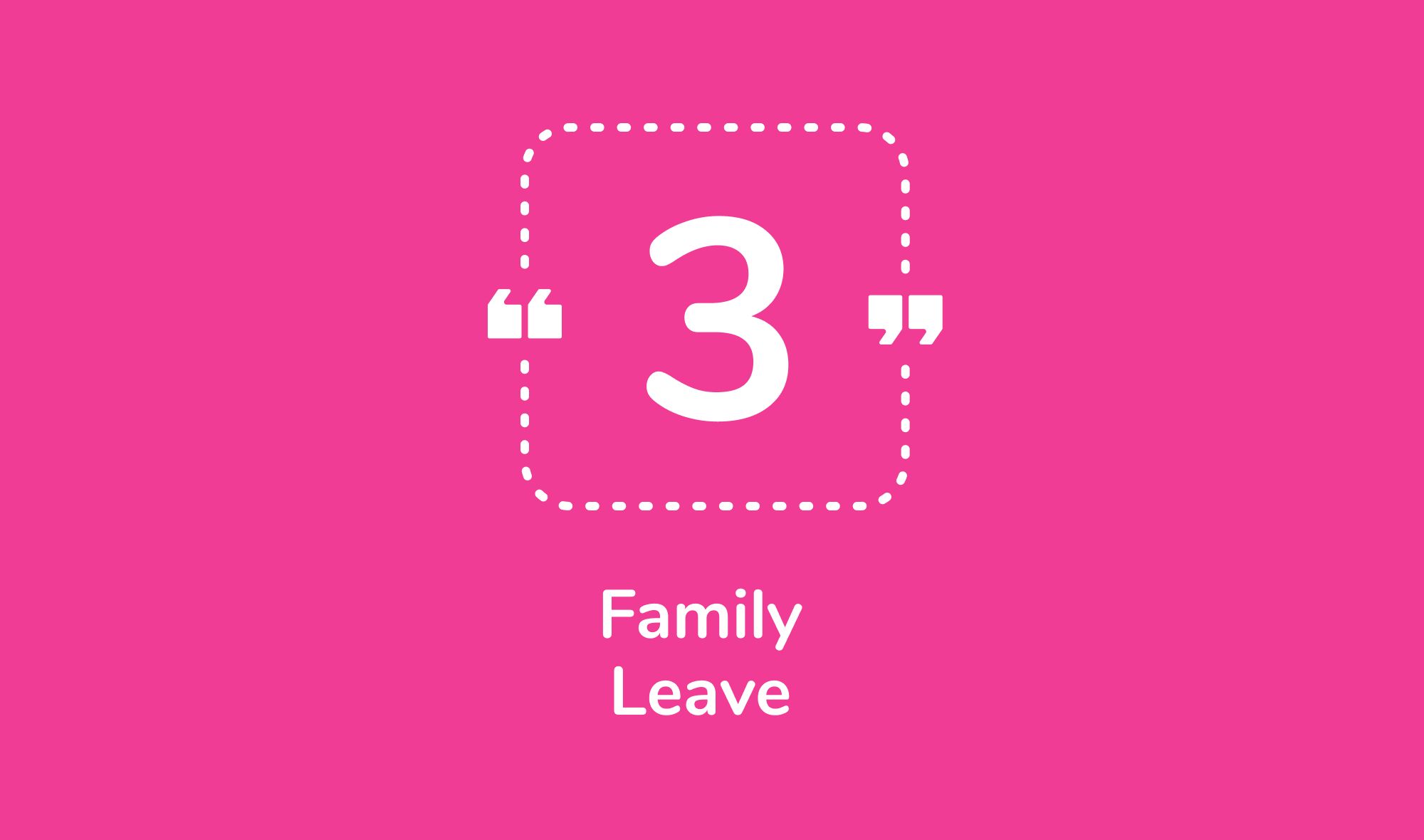
Family leave is time off work that employees can take to care for their family members' health and well-being. Family leave includes various types of leave, such as compassionate leave, family and medical leave, maternity and paternity leave, and adoption leave.
Family leave is an essential component of a good leave policy, as it demonstrates the employer's commitment to supporting their employees' family needs and helps employees balance their work and family responsibilities. Providing family leave can also improve employee morale, reduce absenteeism, and increase productivity.
Maternity and Paternity Leave

Maternity and paternity leave are types of leave that allow employees to take time off work to bond with a new child and take care of their family responsibilities. Maternity leave is typically available to female employees who have given birth, while paternity leave is available to male employees and sometimes to female employees who have a partner who has given birth.
Providing maternity and paternity leave is essential for creating a family-friendly workplace and supporting employees in their personal lives. It can also help employers attract and retain top talent and improve employee morale and productivity.
Bereavement Leave

Bereavement leave is time off work that employees can take to grieve and attend to the funeral or memorial service of a family member or close friend who has passed away. The amount of bereavement leave that employees are entitled to varies depending on the employer's policy, but it's typically calculated based on the employee's relationship with the deceased and the distance of the funeral or memorial service.
Providing bereavement leave is essential for supporting employees during difficult times and showing empathy and compassion. It can also help employees process their grief and return to work with renewed focus and productivity.
Personal Leave

Personal leave is time off work that employees can take for personal reasons, such as travel, education, or volunteer work. The amount of personal leave that employees are entitled to varies depending on the employer's policy, but it's typically calculated based on the length of service or the number of hours worked.
Offering personal leave is essential for creating a flexible workplace that values employee well-being and work-life balance. It allows employees to pursue personal interests and goals and return to work with renewed energy and enthusiasm.
Other types of leaves
In addition to the types of leaves we've discussed, there are several other types of leave that employers can offer to their employees, such as:
- Military Leave: Time off work that employees can take to serve in the military, attend military training, or care for a family member who is a covered service member.
- Jury Duty Leave: Time off work that employees can take to serve on a jury.
- Voting Leave: Time off work that employees can take to vote in an election.
Employers should familiarize themselves with the legal requirements for offering these types of leave and ensure that their policies comply with state and federal laws.
Conclusion
In this post, we've discussed the importance of leave types and explored several types of leave that employers can offer to their employees. We've covered the differences between unpaid and paid leave, the benefits of paid sick leave and family and medical leave, the components of a good sick leave policy, and the different types of leaves of absence available.
Offering leave types to employees is essential for creating a healthy and productive workplace, supporting employee well-being, and complying with state and federal laws. Employers should take the time to understand the legal requirements for offering leave types and ensure that their policies are clear, fair, and consistent.
When deciding which leave type is right for your business, it's important to consider factors such as the size of your company, the nature of your industry, and the needs of your employees. Offering a comprehensive leave policy that includes paid sick leave, family and medical leave, and other types of leave can help you attract and retain top talent, improve employee morale and productivity, and comply with state and federal laws.
We hope this post has provided you with valuable insights into the different types of leave and helped you determine which leave type is right for your business. If you have any questions or comments, please feel free to reach out to us.
Read more about: Bereavement Leave